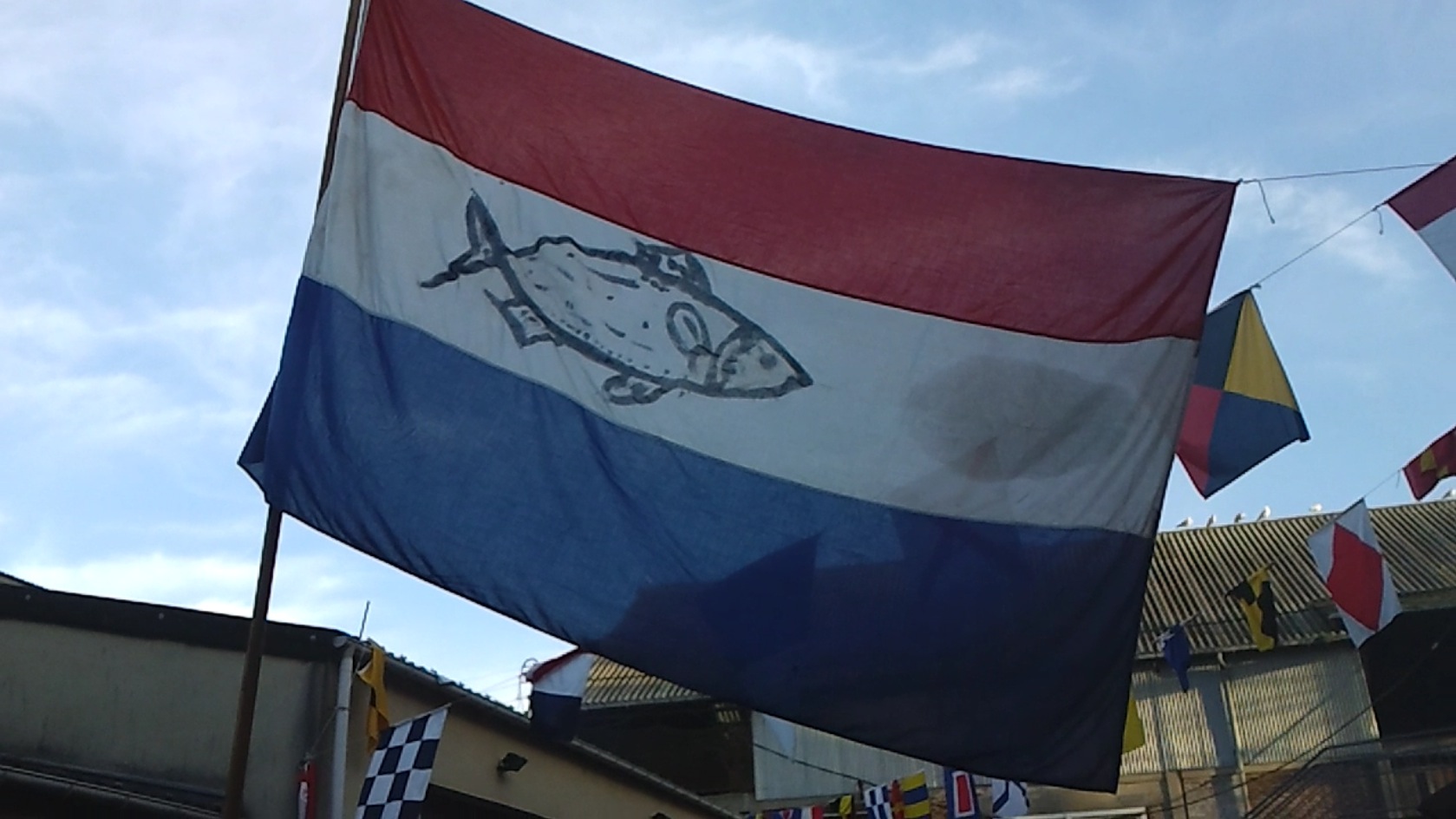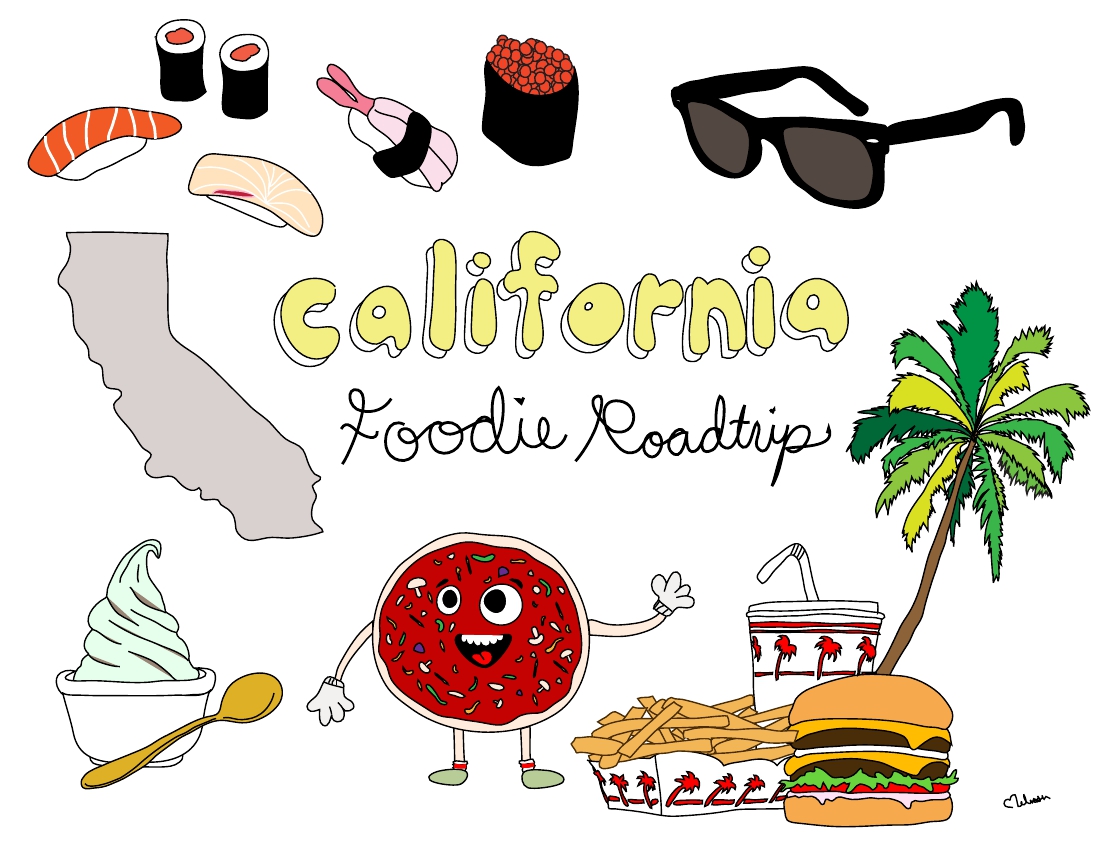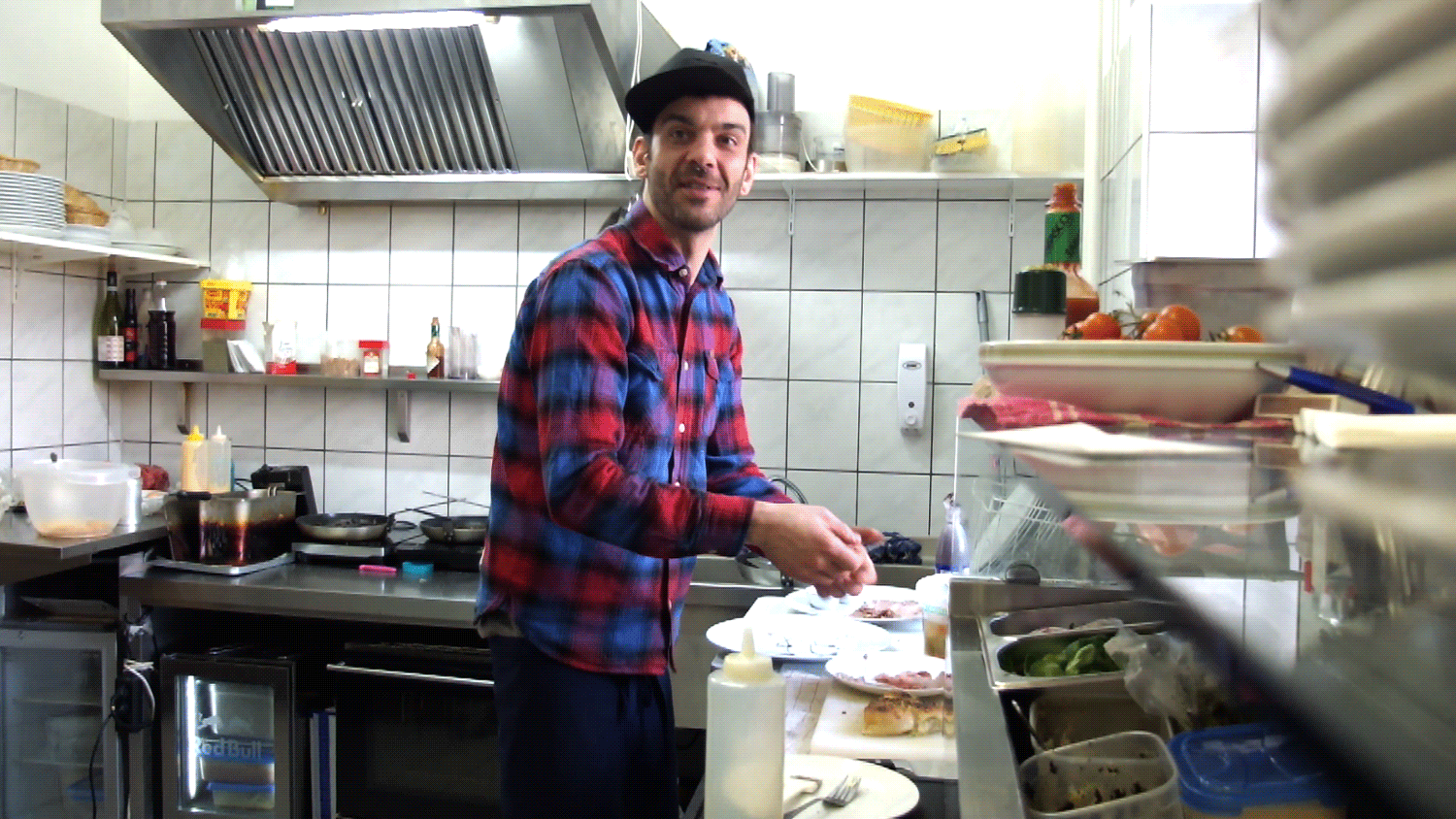Eating like the locals in Singapore
Singapore has a reputation for being spotless: in parks, on the streets, in markets and even in the metro. And the standard of cleanliness applies to hawker centers and the food served there. Pair that standard with the diversity of culture and Singapore is perhaps the perfect place to try exotic food without the traveler’s worry of getting sick.
Exploring the hawker centers is indeed a traveler’s dream. In learning to eat like the locals you learn how to make city life affordable. And in creating a list of all the specialties you want to sample, you get the chance to explore the entire country.
Singapore is also known for its cultural diversity, and the wide range of food available in is testament to that. Whether you’re amongst the suits in the soaring Central Business District, shopping for luxury goods on Orchard Road, close to the golf courses, supermarkets and private communities in the suburbs, or visiting one of the country’s sprawling parks – you’re never far from a hawker centre packed with locals and visitors alike eating dishes originating from all across Asia.
Across Singapore, you’ll find Nonya specialties of the Peranakan (Straights Chinese) culture found across the country, a mix of Malay, Indonesian and Chinese. Laksa is a staple; a coconut-based curry soup with rice noodles, prawns, cockles and chili. Looking for your favourite variation will take you all over the place.
You could try laksa – best paired with the infamous Tiger lager beer – on the seaside, in the sprawling East Coast Park, or you can sample other specialties such as succulent chili or black pepper crab, your feet in the sand and the palm trees soaring high above your head.
 Left to right, top to bottom:
1. Cheap and decent Pad Thai, in Little India!
2. Famous Laksa and kopi (coffee, milk, sugar) at East Coast Lagoon Food Centre.
3. Oyster omelette for breakfast, Chinatown.
4. Fried eggs and fresh juice.
5. The author, sampling noodles.
Left to right, top to bottom:
1. Cheap and decent Pad Thai, in Little India!
2. Famous Laksa and kopi (coffee, milk, sugar) at East Coast Lagoon Food Centre.
3. Oyster omelette for breakfast, Chinatown.
4. Fried eggs and fresh juice.
5. The author, sampling noodles.
In Little India, a small portion of fish head curry – complete with large fish head in a curry that hints of bouillabaisse – is perfect to share amongst several people. There’s also Kampong Glam – the so-called Arab Quarter or Singapore – where a wide range of Middle Eastern, Turkish and African food.
In China Town, noodles, dumplings and seafood galore! Or perhaps you’ll sample the Chinese staple Chai Tow Kueh – or fried carrot cake - made with steamed rice flour and radish, and egg.
And you’ll find people packing into food stalls at all times of the day as well. If you need someone similar to a French breakfast, you’ll find Kaya on toast – a local jam made from eggs, sugar, coconut milk and tropical pandan plant.
For eggs, try a fried omelet with oysters, washed down with Kopi and Teh – or locally grown coffee and tea – are also a staple of the Singapore diet, most often mixed with condensed milk and sugar.
Hundreds of stalls also sell fresh fruit and blended smoothies, made from every type of fruit you can think of, including Singapore’s national fruit, the aromatic durian (so pungent, easting the whole fruit is banned on public buses and the subway system).
 Juice of all sorts, Smith Street, Chinatown.
Juice of all sorts, Smith Street, Chinatown.
Eating in food stalls is a necessary experience in Singapore. That, however, is not to discount the hundreds of fantastic family-run restaurants serving the same specialties found in the stalls, or the handful of Michelin Star eateries amongst the best in the world. Many local restaurants are credited with creating the recipes of specialty dishes now found in all hawker centres.
Meals in the restaurants of Joo Chiat road, perhaps the very heart of Peranakan cuisine, are also mandatory, as are dining tours through Little India to sample dozens of different styles of food from across the subcontinent and Sri Lanka.
Away from the casinos, rooftop martini bars and the bright lights and packed western-style bars of Clarke Quay is where real Singaporeans east elbow to elbow. You’ll be welcomed by all, and feel right at home amongst the masses.
 Left to right, top to bottom: 1. Newton Circus hawker centre is popular with tourists and locals.
2. Central Business District.
3. Market street in Little India.
4. A cafe in Kampong Glam, the so-called Arab Quarter.
5. Colours of Little India.
Left to right, top to bottom: 1. Newton Circus hawker centre is popular with tourists and locals.
2. Central Business District.
3. Market street in Little India.
4. A cafe in Kampong Glam, the so-called Arab Quarter.
5. Colours of Little India.
There are only a few simple rules of etiquette. Place a packet of tissues on any seat, at any table (sitting with strangers is often necessary) and that seat will be saved just for you. You’re free to roam the stalls, taking your time to build your perfect meal. Order, pay in cash and point out to the vendor where you are sitting. Often they’ll find you in a crowd of hundreds!
A word to the wise visiting Singapore: the stall with the longest line will often serve the specialty of the neighborhood, or may simply be selling the hottest eats of the week. There are food guides and magazines dedicated to Singapore’s food stall scene, where every dish at every stall is sampled and critiqued.
 Worker at the famous Smith Street food centre.
Worker at the famous Smith Street food centre.
If eating elbow-to-elbow with complete strangers and sampling a wide array of dishes you’ve never tried before, then Singapore should be on your list of ultimate places to eat.
Daniel
Thanks to our friend Fadhilah for recommending some good tunes from Singapore. Discover the band "Electrico" for the soundtrack of this article.








